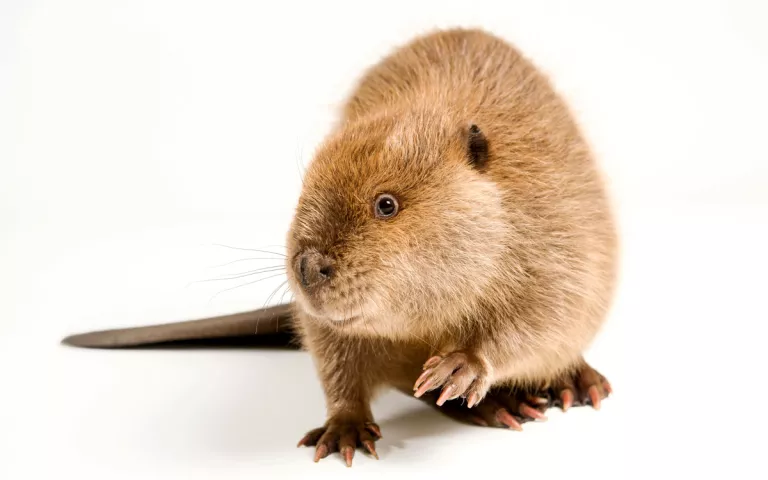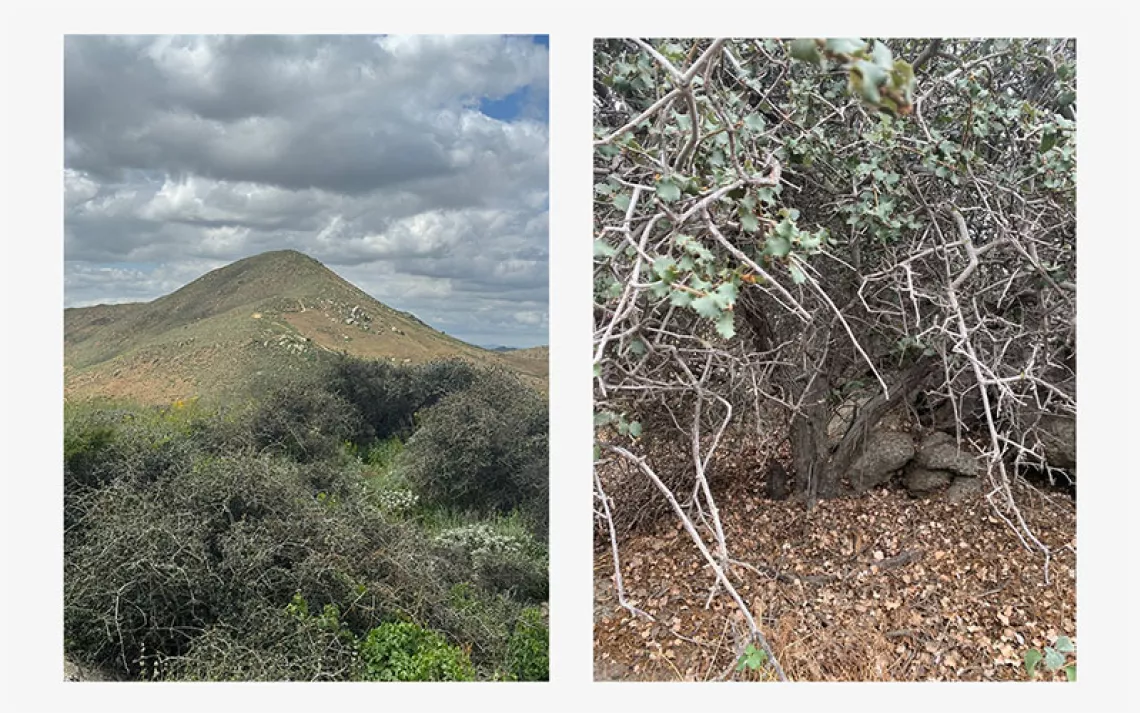Beavers Are the Ultimate Ecosystem Engineers
The aquatic rodents have rebounded, and they're reshaping watersheds for the better

Photo by Joel Sartore/National Geographic Photo Ark
Photo by Joel Sartore/National Geographic Photo Ark Close your eyes and picture a healthy stream. Perhaps you imagine a crystalline, racing creek, its course narrow enough to leap across. It's a lovely picture, fit for a fly-fishing magazine. But it's missing one of the most crucial ingredients in a healthy watershed: beavers.
By felling trees and building dams, beavers—endowed with sharp teeth, webbed feet, and rudderlike tails—capture water to expand their aquatic domains. When European colonists arrived in North America, they found a land puddled by as many as 400 million of the rodents (Castor canadensis). An estimated 250 million beaver ponds once interrupted North America's waterways, turning free-flowing creeks into fertile wetlands that supported creatures from salmon to moose.
But the good times didn't last. Beginning in the early 1600s, fur trappers pillaged the continent's streams and shipped millions of pelts to Europe for felting into fashionable hats. Not until the 20th century did conservationists begin to help beavers recover, a task that often required creativity. In 1948, for instance, biologists packed 76 beavers into crates and parachuted them into the Idaho backcountry (all but one survived the drop). These days, as many as 15 million beavers swim North America's waterways, a 150-fold increase from the species' nadir. As the rodents have rebounded, scientists have learned that beaver-built water features help address environmental problems, including drought, pollution, biodiversity loss, and climate change. Says Mary O'Brien, a conservationist in arid southeast Utah, "They're kind of magic."
FILTERING POLLUTION
Every year, America's farmers use 20 million tons of synthetic fertilizers. When those chemicals reach the sea, they breed low-oxygen "dead zones" devoid of marine life. By trapping runoff nearer to its source and encouraging bacteria that convert nitrates to harmless gas, beaver ponds can help avert such disasters. In Rhode Island, researchers discovered that beavers could cut agricultural pollution by up to 45 percent, keeping estuaries healthy.
STORING GROUNDWATER
The weight of beaver ponds forces water into the ground, recharging the aquifers that we're depleting at a breakneck pace. In the Canadian Rockies, scientists calculated that beaver ponds raised water tables by half a foot. Some researchers estimate that ponds hold up to 10 times as much water belowground as above it.
CREATING WETLANDS
Wetlands are cradles of life: In some arid regions, they support 80 percent of the species despite covering just 2 percent of the landscape. Beavers, whose dams broaden streams, submerge meadows, and raise water tables, are the ultimate wetland engineers. Between 1944 and 1997, Acadia National Park's wetlands nearly doubled—the handiwork of beavers that were reintroduced to the park.
PREVENTING FLOODS
Although most people associate beavers with flooding, their ponds can actually help prevent catastrophic deluges by slowing, spreading, and storing water. In flood-prone England, researchers found that during rainstorms a complex of 13 beaver dams reduced runoff by about 30 percent—proof that beaver architecture can prevent widespread floods even as it submerges local fields.
ADAPTING TO CLIMATE CHANGE

Sign up to receive Sierra News & Views
Get articles like this one sent directly to your inbox weekly.
With this action you affirm you want to receive Sierra Club communications and may vote on policy designated by the Sierra Club Board.
As the climate warms, more precipitation falls as rain instead of snow, running off directly to the ocean rather than gradually melting throughout the summer. Groups like Washington's Methow Beaver Project are combating snow decline by relocating beavers to headwaters on public lands, where their ponds capture rainfall and keep streams full as the planet gets hotter.
SUSTAINING SALMON
Salmon are vital to the Northwest's ecosystems and Native American cultures, and beavers are vital to salmon. The rodents create deep, cool pools and slow-water side channels in which fry can rest, feed, and shelter from predators. In Oregon and California, scientists are building artificial beaver dams to help endangered salmon recover.
STORING CARBON
Just as forests suck carbon from the atmosphere and sequester it in wood, so beavers trap carbon in the form of organic sediment that settles to the bottom of their ponds. Before the beaver population was decimated in Rocky Mountain National Park, their complexes stored 2.7 million megagrams of carbon—the equivalent of what's trapped in 37,000 acres of forest.
BENEFITING BIRDS
Beaver ponds furnish habitat for countless species, from boreal toads to otters to trout. Some of the most important beneficiaries are birds: Wood ducks breed in beaver wetlands, trumpeter swans nest atop the rodents' lodges, and songbirds like flycatchers and warblers perch in stands of willows irrigated by rising groundwater.
This article appeared in the July/August 2018 edition with the headline "Ecosystem Engineer."
 The Magazine of The Sierra Club
The Magazine of The Sierra Club



